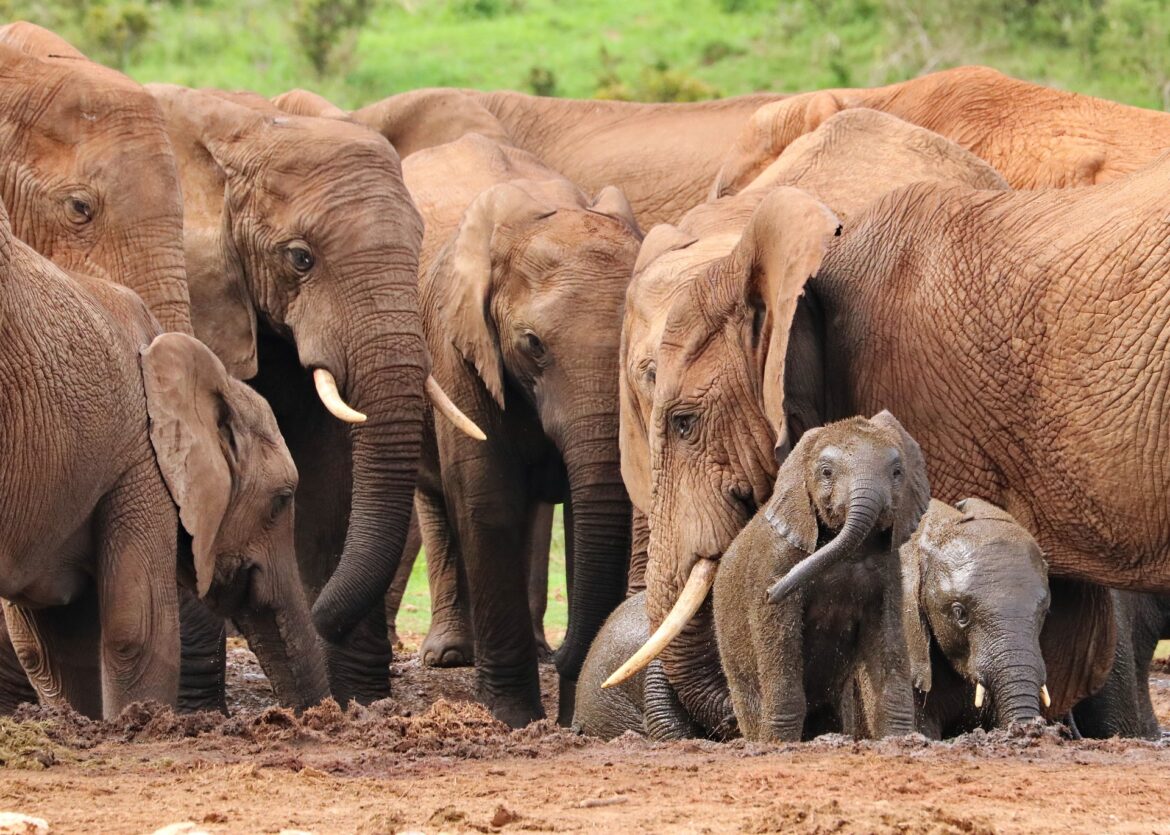Sri Lanka is a wonderful place to see elephants. In fact, this island nation is home to the densest elephant population in Asia. Most of us strive to promote responsible tourism and experience the elephants in an ethical way. Going to the Elephant Transit Home and Udawalawe NP offers a moral Sri Lanka elephant tour. I was fortunate to experience this and love sharing tips. So, read on and discover how to plan for the best and way to see the elephants in Sri Lanka.
My Ethical Elephant Tour
As a Spa Acupuncturist on a cruise ship, I enjoyed a port day off at Hambantota, Sri Lanka on the southern coast. I joined an organized tour with the ship going to Elephant Transit Home and Udawalawe NP. Interestingly, the road trip to the destinations was even entertaining. Cows and dogs laid in the roads. Because it was a cool morning, they cozied up to the warm road. We even saw a large male elephant with tusks alongside the road. Overall, I really enjoyed my day in Sri Lanka and appreciated having an opportunity to see the elephants in an ethical way.
About Sri Lankan Elephant
Native to Sri Lanka, this is the largest among the 3 subspecies of the Asian elephant. African elephants are generally larger than Asian ones. Also, the African elephant’s trunk has two fingers at tip of trunk and Asian has one. The Sri Lankan elephant skin is darker with patches of depigmentation on face, ears and trunk. Some of the males have tusks that grow up to 6 feet long. Most of the tuskless males are called makhnas.
Sri Lanka is home to about 7,000 elephants with the highest density of elephants in Asia. Most of them inhabit the lowlands of dry zones on the island nation. Furthermore, elephants live in Udawalawe National Park, Yala National Park, Minneriya National Park, Wilpattu National Park and Lunugamvehera National Park. However, over 70% of elephants in Sri Lanka live outside protected areas from the Department of Wildlife Conservation. This creates escalating human-elephant conflicts. Alongside the roads are electric fences to keep elephants off the busy roads.
Check out my YouTube Video!
Ethical Sri Lanka Elephant Tour
Elephant Transit Home & Udawalawe NP
The Elephant Transit Home lies within Udawalawe NP, so it’s convenient to explore them together. In 1995, it became established by the Department of Wildlife Conservation. Supported by Born Free Foundation, this home is a half-way house for orphaned elephants. After rehabilitation, elephants are released into the wild. Most end up in Udawalawe NP.
Visitors can watch from a viewing platform about 50 orphaned elephants at feeding times. These times are every 3 hours: 9 am, noon, 3 pm and 6 pm. It is an ethical experience in that no visitors touch or pose with the elephants and no chains are used. It’s fun to watch as they run out to feed revealing their unique personalities and sizes.
Udawalawe National Park
The entrance of Udawalawe National Park is just 20 minutes away from the Elephant Transit Home. This park is a sanctuary for wildlife displaced by the construction of the Udawalawe Reservoir on the Walawe River. Overall, it’s a vital habitat for the Sri Lankan elephants, water birds and more. It gets busy as the third-most visited park in the country.
Udawalawe lies in both wet and dry zones with plains and mountains. Many habitats surround the reservoir, such as, marshes, grasslands and forests. Visitors ride through the park in jeeps on the look out for wildlife. Early in the morning or late afternoon are the best time for wildlife sitings.
We observed a family of elephants at a watering hole. Also, we saw an adult male elephant alongside the road feeding on the bush. I watched videos of tourists at this park being charged by elephants. However, the elephants we observed remained calm and at a distance.
Udawalawe Wildlife
Besides seeing elephants, Udawalawe is an amazing place for birdwatching. We observed Toucans, Painted Storks and red-faced malkoha. Other species at the park include Sri Lanka spurfowl, grey hornbill, peacocks and junglefowl, black-headed ibis and cormorants. Various birds of prey live here, such as, booted eagle, white-bellied sea eagle and crested serpent eagle.
Overall, we observed macaques, monitor lizards, elephants, crocodiles, a jackal and various birds. Other wildlife in the park includes Sri Lankan leopard and sloth bear, rusty-spotted cat, wild boar, water buffalo, Sri Lankan deer and mongoose.
Enjoy Sri Lanka!
This incredible island nation is known for its approximately 7,000 Sri Lankan elephants! With so many “elephant orphanages or sanctuaries” in the world, it is often difficult to know what is a responsible choice as a tourist. Well, rest assured from my research and experience, visiting the elephants at the Transit Home and Udawalawe NP is an ethical way to see them. If your travels bring you to Sri Lanka, please share any tips on how best to experience responsible tourism with these majestic elephants.
Read More!
Exotic Langkawi, Malaysia Day Tour
Historic Cochin, India Spices and Backwater Tour






